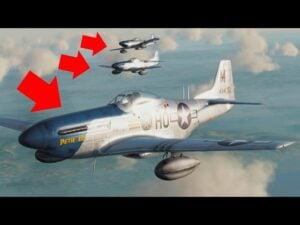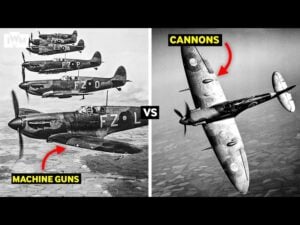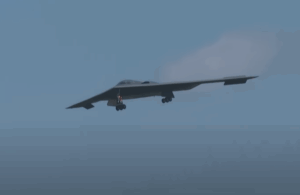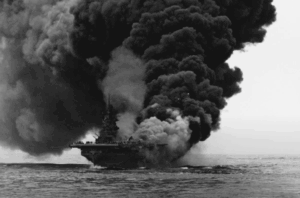The Mysterious Plane That Made 127 Kills Without Ever Being Seen

YouTube / Dark Skies
The P-61 Black Widow was the first operational US airplane that was specifically designed as a night fighter. It was the first plane to use radar and even managed to make a confirmed air-to-air killing during the last night of the war.
Powerful Night Fighter
A night fighter or all-weather interceptor was a fighter concept that was adapted for use at night and in low-visibility situations. The idea stemmed during WWI, but it was only after the catastrophic bombing raids over Europe that military air forces found a need for a plane to cater specifically for these kinds of missions.

In November 1940, the P-61 Black Widow project started. It was designed as a sleek aircraft with a mysterious look. It was 50 feet long with a wingspan of 66 feet. It had a twin-boom design and featured a rotating 30-inch scanner receiver dish antenna that would sweep skies with a knife-like beam.

When used, the shorter wavelength enhanced accuracy guiding interceptors within just a hundred yards of intruders in total darkness. This device allowed the Black Widow to fly at night since it allowed pilots to navigate (and locate!) airborne enemies in real-time.
Lethal and Deadly
The Black Widow carried four 20 mm Hispano M2 cannons found in the lower fuselage as well as four 50-caliber M2 Browning machine guns in the dorsal gun turret.

The P-61 was also powered by two Pratt & Whitney R2800 double wasp radial engines each packing 2000 hp. It was also capable of achieving top speeds of 366 mph. The aircraft’s black color wasn’t detected through a gauntlet of anti-aircraft searchlights.
Its Role in the War
During WWII, most operational P-61s ended up being sent to the Pacific. Despite its innovative design, the Black Widow only played a minor role during the last six months of the war. To put it simply, it arrived too late during the war.

While it was useful in battles against the Japanese, it was already obsolete in Europe with the Mosquito Mk-17 proving to be more fit in European battles. It was eventually relegated as a training aircraft. However, the fighter saw action in every WWII theater and destroyed 127 enemy aircraft in total, and 18 German V1 buzz bombs.





















